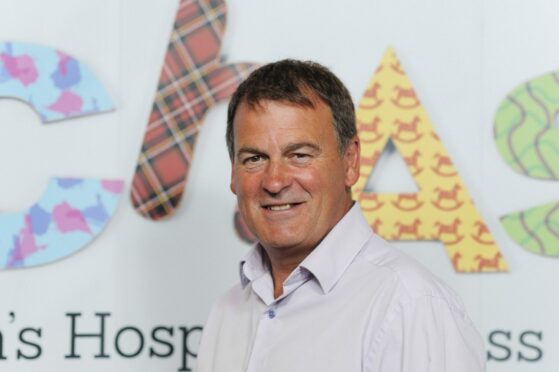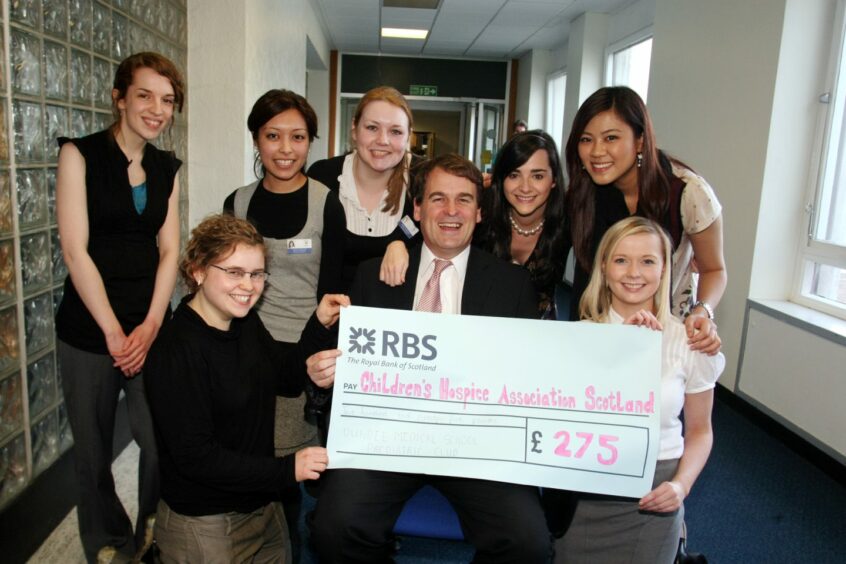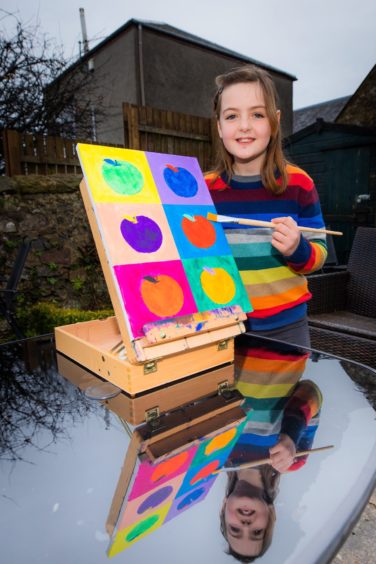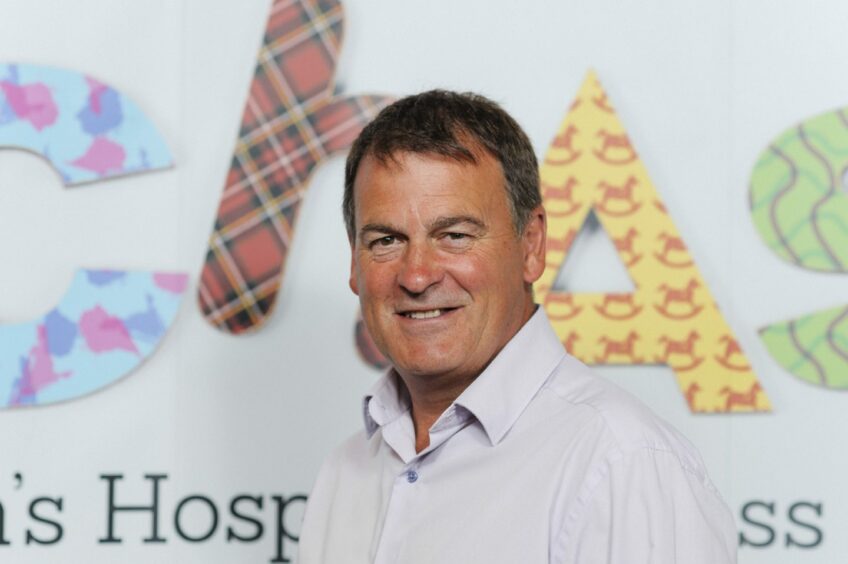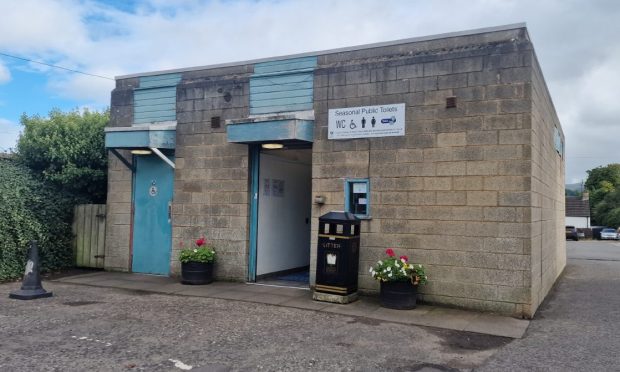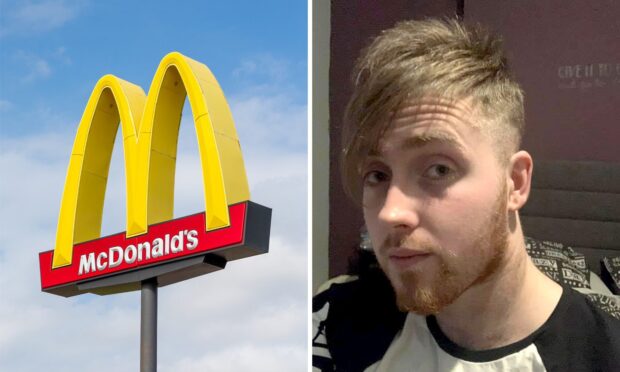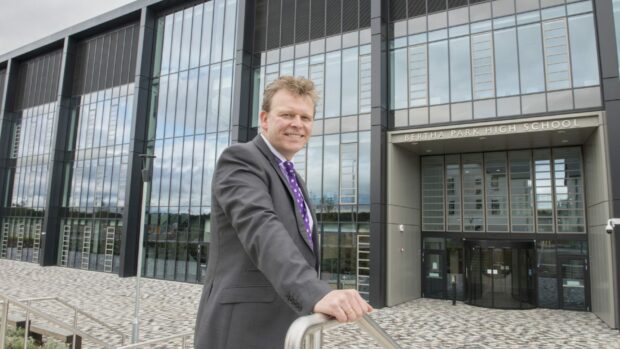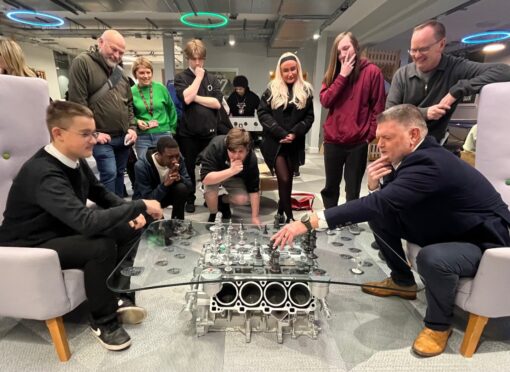Michael Alexander speaks to Dr Pat Carragher who is retiring as medical director at Children’s Hospices Across Scotland (Chas) after dedicating his working life to helping children with life-limiting illnesses.
When Dr Pat Carragher’s son Andrew died of sudden infant death syndrome (cot death) in 1990, aged just four-months-old, he experienced at first-hand the pain of losing a child.
In those days, there was no organised support to help him or his family pick up the pieces.
More than three decades later, and as a doctor with 40 years medical experience, 26 of them dedicated to Children’s Hospices Across Scotland (Chas), he sees every day what a critical role a children’s palliative care team can provide.
The teams support not only a child whose life is cut short but their wider family too.
Dr Carragher does not specifically work with parents who have suffered a cot death.
However, as the father of three other now grown-up sons prepares to retire from his post as medical director at Chas this summer, he says the loss of his own child has been one of his motivations for helping improve support for families who have a child with a life-shortening condition.
“I’ve never advertised it, but I think the death of Andrew gave me some insight and empathy into family situations – it gave me considerable insight into some of the challenges that families met,” he says.
“But it didn’t mean to say that I understood other families’ situations. Each situation is unique!”
Career in medicine
Dr Carragher joined Chas in 1996 on a part-time basis. Over the last 26 years, he has helped develop palliative care for families across Scotland who have children in need of hospice care.
By this summer, the Dundee University medicine graduate will have been a doctor for 40 years.
He has spent 26 years of these with Chas, and before that in hospital and general practice posts. Initially his work with Chas was on a part-time basis.
However, it has been full-time since 2006.
Now, as the 63-year-old grandfather passes the medical director baton over to a new team of dedicated health professionals, Dr Carragher sat down with The Courier to reflect on his career and talk about the “privilege” of working and walking with children and families as part of the Chas team which has supported them.
Brought up near Liverpool, Dr Carragher came to Scotland in 1977 to study medicine in Dundee.
After qualifying from Ninewells Hospital Medical School in 1982, he took on various house jobs and junior doctor jobs in Tayside.
In 1987, he settled in Kinross as GP with his young family and then wife. When his son Andrew died in 1990, he was GP principal at Loch Leven Health Centre.
This was before the establishment of Chas, which, in 1992, was formed by a group of professionals and parents of Scottish children with life-shortening conditions who had travelled to England for hospice care.
At that time, Chas stood for Children Hospice Association Scotland, later changing its name to Children’s Hospices Across Scotland.
Work to build Rachel House, Scotland’s first children’s hospice, started at Kinross in December 1994.
It was through this “accident of geography”, however – as a local GP who agreed to provide out of hours cover – that Dr Carragher also became a supporter.
When the hospice was opened in March 1996 by The Princess Royal, he became one of its medical directors.
As the charity expanded, Dr Carragher carried on as a GP.
By the time a second children’s hospice – Robin House at Balloch – opened in 2005, however, he could see it was becoming increasingly difficult to combine life as a GP with life as a hospice officer covering both.
Having completed a diploma in palliative medicine (paediatric option) in 2002-2003 from the University of Wales College of Medicine (now Cardiff University), he successfully applied for the first medical director’s job at Chas in 2006.
Going full time with CHAS
In turn he “gave up being a GP” which had taught him so much.
Over the years the service has grown. In 2008, they formally launched Chas at Home where care is taken to children’s houses.
The numbers of children using the service has expanded across Scotland, including Tayside, Fife and Grampian.
Significantly, however, the complexity of care has also increased.
“We have seen enormous changes in the last 16 years,” he says.
“The sort of youngsters we are looking after are very different than in those days.
“Much of our work in the early days was with youngsters who were quite stable.
“But we have followed the growth and the complexity in paediatrics.
“Children with severe disease can now survive for a lot longer with interventions.
“We’ve seen it become more and more complex.
“So many of the children who perhaps would have died in hospital 10/15 years ago now survive for longer.
“But there comes a time when their care and their deterioration becomes so complicated, that actually continuation of life is problematic for them and their parents who have often dedicated much of their lives to the care of these youngsters.”
Dr Carragher explains that increasingly work is now done within children’s hospitals across Scotland including Ninewells, the Victoria Hospital in Kirkcaldy and Royal Aberdeen Children’s Hospital.
Numbers of users are increasing thanks to the generosity of the Scottish public and increasing funding from Scottish Government.
Users are now at more than 400 per year, including bereavement work.
Impact of Covid-19 pandemic
When the Covid-19 pandemic hit in March 2020, however, they had to provide a very different service.
The model of care was adapted to increase use of Chas at Home and the world’s first virtual children’s hospice was created.
“Before the pandemic we had eight beds both in Rachel House and Robin House and we were offering five or six of those for short plan breaks, previously knowns as respite and two for emergency admissions,” he says.
“That could be for everything from breakdown of care package at home to end of life care to symptom management.
“But through the regulations that came in through Health Protection Scotland in the spring of 2020, we had to start offering zonal nursing in both houses that allowed us at most three children in each house.
“We took the respite care we had been giving on an inpatient basis and increased that to Chas at Home.
“We did a heck of a lot on Teams, Zoom whatever platform people needed.
“We brought a lot of things into peoples’ houses because even if people could have gone out, they didn’t want to because they had children who were pretty vulnerable.
“They were choosing understandably to socially isolate themselves to protect them from the virus and other viruses.”
The previous service has been gradually re-opening as they begin to move out of the restrictions caused by the Covid-19 pandemic.
Significantly, however, there have also been new medical appointments in Chas, a significant increase in Advanced Nurse Practitioners (ANPs) and pharmacist as well as a full complement of nurses, family support workers, chaplains and social workers.
Handing over the baton
As he retires, and having recently been voted Employee of the Year at the Scottish Charity Awards, he’s delighted there’s a sustainable plan and very experienced clinicians to “pass the baton onto”, including new medical director Annabel Howell.
Underlying all of this, he says, is an “absolute passion” to offer an excellent child-centred family-focused service for families, and to increase the numbers to reach more than the one in three children who die with palliative care needs.
“The death of a child has serious and lasting effects on parents and other family members, effectively for the rest of their lives,” adds Dr Carragher, who is undertaking four gruelling challenges, totalling 64 miles of running and hiking, to mark his retiral (www.justgiving.com/team/DrPat).
“Any attempt to reduce symptoms and improve quality of life in the final days or weeks, must not only be good for that child but, in the fullness of time, be helpful to those left behind.
“It’s been a privilege to work with families as an incredibly close quarter dealing with the things that are the most precious in their life.
“It’s with sadness that I’m leaving Chas, but there’s a new batch of people coming through who will do an even better job because they are more of them, we’re going to reach more and more families.
“I’m really confident Chas will reach more and more families going forward because sadly the need for children’s palliative care is not reducing.”
